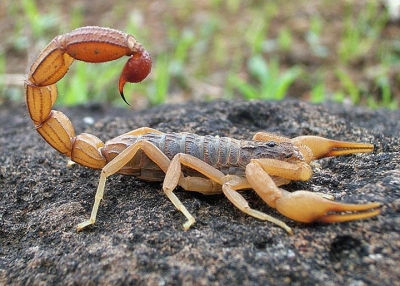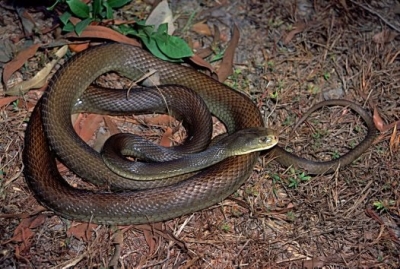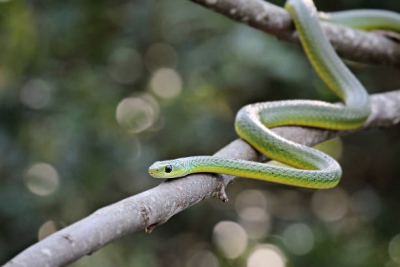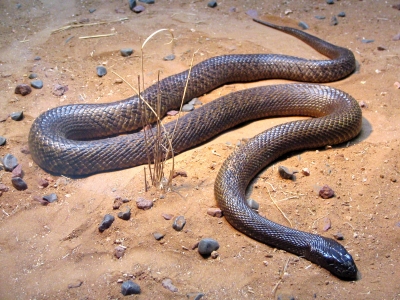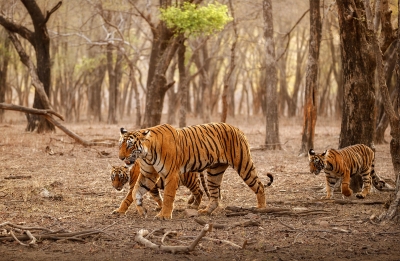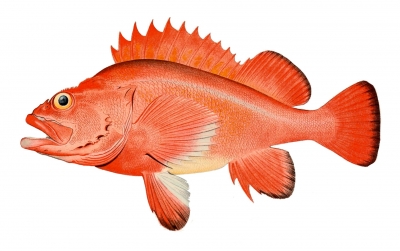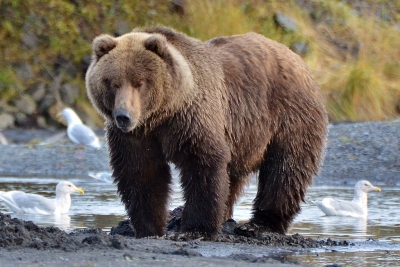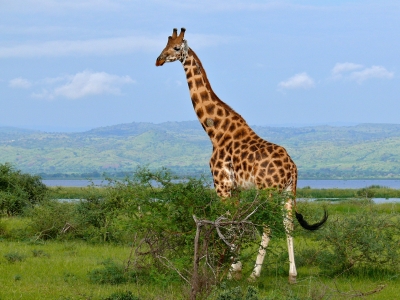
No prizes for guessing the tallest animal in the world. The giraffe - with its incredible long neck - is quite literally ‘head and shoulders’ above the rest.
If you thought LeBron James, the famous basketball player was tall, think again. Male giraffes grow up to 14 feet in height. The legs of a giraffe alone are 6 feet long. This means that a basketball player would be able to walk easily under a giraffe! Additionally its neck also measures an additional 6 feet. If you can picture two LeBron James’ standing one upon the other – that’s how tall a giraffe is!
They can run at speeds of 56 km/h, but these sleepy-eyed giants are peaceful by nature. They spend their days browsing on acacia leaves, tall shrubs and hanging fruits. They use their long blue tongues to pluck off leaves and buds from trees. They do not eat short grasses. Can you guess why?
This is because bending its head is not an easy job for the giraffe. It will only drink water once in a few days due to this. It must spread its legs and bend its long neck down to get at the water which makes it vulnerable to predators. However, it's not just being vulnerable from predator that makes drinking water a tricky business for the giraffe. Its body must also regulate its blood pressure so that the act of bending does not cause its head to explode. Why? Keep reading…
A giraffe’s heart has to pump blood so that it reaches its brain - which is very far away! For this, the giraffe's heart (which weighs about 11 kg) has to pump a powerful beat to keep sending blood into the brain. Consequently a giraffe’s blood pressure is very high - nearly twice as high as a human’s.
With such a high blood pressure when the giraffe lowers its head the sudden change in blood pressure would cause its head to explode! The giraffe prevents this by regulating the blood flow into its brain (and heart) while lowering its head and lifting it back up again with the help of ‘elastic’ veins and thick heart muscles. These unique adaptations have been studied by NASA to design space suits. Looks like science still has a long way to go to catch up with nature!
These incredible and gentle animals are threatened by poaching, climate change and habitat loss. They are listed as ‘Vulnerable’ in the IUCN Red List but are already extinct in many countries in Africa.
Picture Credit : Google
